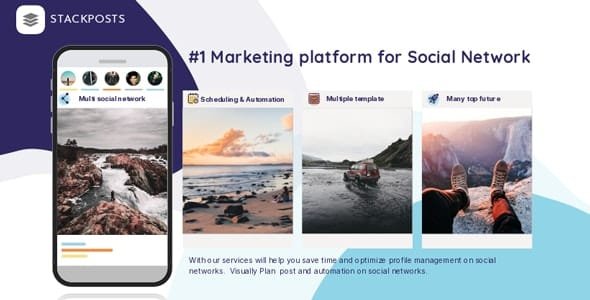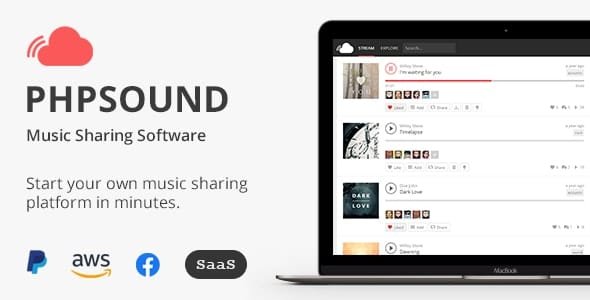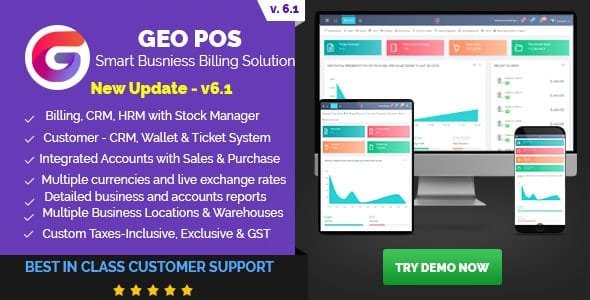When you want to create a successful website, you need to know how to get user engagement. The goal is that your site visitors read your content, interact with it, and click on your call to action. It is a critical factor to get more leads and revenue.
But what is user engagement, and how to improve user engagement?
What is user engagement?
With user engagement, you can make sure your visitors appreciate your content so they stick around, read and convert. When your user engagement is high, your audience will also become more loyal. It means more return visits and higher conversion if your website simply works.
You can measure how users interact with your site, the actions they take on your site, and if they end up converting into paying customers.
Every website owner who wants to earn money online should be aware of their user engagement metrics and actively improve them over time.
The goal of user engagement is that users spend more time on your website and view more pages instead of leaving. You also want the visitors to share your content with their friends, and the end goal is that they take the desired action before leaving.
Types of Engagement
There are different types of engagement when it comes to website visits.
Content engagement
When visitors land on your website, read your homepage and click on other pages of your site, then that is user engagement. The person learned about your business and offers. The more info the person finds, the higher the chances they take some type of action. It is why increasing user engagement is vital for your success.
Comment & Discussions engagement
Active participation is a form of user engagement that describes an action of your audience. This can be commenting on a blog post, completing quizzes, answering polls and taking surveys, and many other forms of interactive content engagement.
These are not only elements for engagement, but they are fun and give the visitor a reason to spread the word and return again.
Social shares
When visitors like your blog, they may share on social media sites your post with their friends. If you integrate social media buttons, it gives users the opportunity to spread your website content across the web.
Visual content
It helps a lot if you use quality images and even have video graphics on your website. It makes your site more visually appealing, and users will more likely stay on your site.
How to improve user engagement?
You can find a lot of different strategies to improve your user engagement. While you might already use some of these, it is always important to check what you can do better
1. Make your content user friendly and engaging

Your content is key to keeping your user on your site. You need to ensure you write valuable, engaging, relevant blog posts. Have a logical structure and enough white space so the visitors don’t feel too overwhelmed.
Display and link related content in your articles. Also, make categories for your post so people can easier find similar content.
Use a font and text sizes (12-16pt) that are easy to read, even for mobile users. Break up your content into 3-4 line paragraphs and integrate subheadings, bullet points, and numbered lists.
Integrate many high-quality images and fitting graphics, audio, and videos.
The colors of your website need to be eye-catching, especially for important text and images. Still, don’t overuse colors, and try to choose a color scheme that you use on every part of your website. For example, the menu is blue, the headers orange, and the links green. Most websites use a white background and black text as it is the most convenient for the eyes.
2. Optimize your website

For search engines, you need to optimize your website to rank better in Google, Bing & Co. It helps you reach new users organically. To improve your SEO, you need to ensure your website speed is fast and it is mobile-friendly.
If you want to check your web speed, visit Google Site Speed or GTMetrix, where you can find recommendations to make your website faster.
Often a caching plugin and image-compressing tools can make a huge difference in your website performance. Try to fix links that are not working and make a custom 404 page with content recommendations.
For mobile-friendliness, you can use Google’s Mobile-Friendly Test, which shows how people see your website on their phones. Of course, it is a good idea to use your own phone and test the navigation and readability of your site.
The overall site navigation and how users find your content also play an important part in the engagement. You can show the site to your parents or someone who doesn’t use computers regularly if it is easy to navigate on your homepage.
Integrate a search option where users can discover content on your site. This helps so visitors stay on your website, and you can find new content ideas.
Also, use a clean website design with a visually appealing theme.
3. Have a clear call to action (CTA)
When you want to earn money with your website, you need a good call to action. No matter what, your goal is getting users to buy your product or use your affiliate links. You should create a CTA with a button or banner you include at the end of your content, on the sidebar, or wherever it fits on your website.
Try to make it easy to understand by using phrases like Download, Buy Now, Click Here… So your audience knows what they can expect when they click on your offer.
Ensure to keep your call to action simple with a good reason(Saving money, Testing a product, Downloading a Guide, etc. that people take action and click through. Be creative and use graphics and images to make it visually appalling so users see them and know what to do.
Have a goal in mind if you want to make sales funnel, just sell a product, or email signup anything where a user can take some type of action.
4. Enable comments and integrate social media buttons
Website Comments are a great way for users to interact with your content. They can ask you questions, give you feedback, or just share their opinion. So make sure it is possible to comment under your articles. And for your product pages, it is also helpful to enable review comments.
Try to integrate social media buttons so users can easily share your content and pages on major social media platforms. This will help you get new visitors and more conversions because people trust their friends’ opinions more. So when a friend shares a product on social media, their close friends are more likely to buy it.
Also, link any social media profiles your business has so people can follow them. It is also very important to build a social media presence for your business to grow an audience outside of your website.
5. Use Email Marketing and chatbots
Email marketing is still the best way to convert users into buyers. You can collect email addresses through opt-in forms by providing a free guide or a coupon code. It helps you to get more users to sign up for your email list.
This way, you can send follow-up emails with news, product offers, and other informal things that build trust and get you new customers. You can use the Email marketing tool Sendfox to automate and schedule email newsletters.
Integrate chatbots on your website. It is similar to a contact us form but more convenient. It makes it easier for users to ask questions and share their feedback, and you can easily answer without the hassle of back-and-forth emails. This can also be used as customer support to reply faster and solve your customers’ problems.
It is possible to have a real person answer the question or to integrate an automated chatbot that answers top questions.
You can also create a stand-alone FAQ page where you answer the most popular questions about your business and services.
6. Create surveys & polls
With surveys and polls, you can get many useful data. This will help you improve your website and get feedback about your product. Also, you can create surveys to find your targeted audience, which is very helpful for online advertising and to know what people are interested in your products.
7. Analyze your data
To really know what is working and makes users stay on your website, you need to analyze your data. Use Google Analytics to track your visits and conversions. The following metrics you should track to improve your user engagement
- Page Views: This is one of the first metrics you see when you look into Google Analytics. You can also see under Behavior > Overview how many pages a visitor has engaged with since landing on your website.
- Engagement: Google Analytics has under the Behavior menu a feature called Engagement. You choose a time, and then you will get metrics like page views, page depth, session duration, and the number of sessions.
- Bounce Rate: When you have a high bounce rate, people leave your site very fast. It means your site is either too slow, not visually appealing, or user friendly. However, in some cases, the high bounce rate can also mean the user finds their answer right away. For example, if they just search for your address or phone number, they leave quickly but still might convert.
- Average Time on Site: Of course, the longer visitors spend time on your site, the more they engage with your content. This is an amazing indicator of how user-friendly your websites. It means if you have a high average time on site, the user engagement is likely also high.
- Return Visits: The more a user returns to your site, the higher the chances you get a customer. So if you have many return visitors, your website does something correctly.
- Conversions: The more user-friendly and enjoyable your site is, the higher the chances a visitor will take action and buy from you. So more conversions mean your website is becoming more visitor-centric and enjoyable to engage with.
You can also watch users navigate in real through Google Analytics. Or, when you integrate a heatmap, you see where users hover over their cursor, click on the button, fill out forms, and more. It gives info on which areas of your site visitors might find confusing.
Conclusion
Boosting the user engagement of your site is a long process. But if you find and improve the failures you did, it will help your site in the long run. You will get more visitors and also more converting customers.
While you don’t need to make major changes overnight, you should slowly improve and integrate the tips. Of course, user engagement is important to get traffic and customers, but you also need to have the right marketing strategies.
FAQ
What is user engagement and why is it important?
User engagement refers to the level of involvement, interaction, and satisfaction that users have with a product or service. It is important because engaged users are more likely to become loyal customers, actively use the product or service, provide valuable feedback, and refer others.
How can I increase engagement on my website?
There are several strategies to increase user engagement on your website. Some include optimizing the user experience, providing relevant and personalized content, implementing user onboarding processes, offering new features, collecting user feedback, and tracking user engagement metrics.
How can I personalize the user experience to improve engagement?
Personalizing the user experience involves tailoring the content, recommendations, and interactions on your website to meet the specific preferences and needs of individual users. This can be done using data-driven insights, user segmentation, and targeted messaging.
What are some effective user engagement strategies?
Some effective user engagement strategies include sending personalized in-app messages, implementing gamification techniques, offering rewards and incentives, providing excellent customer support, creating interactive content, and fostering a sense of community among users.
How can I track user engagement on my website?
To track user engagement, you can use various engagement tools and metrics such as engagement rate, retention rate, user journey mapping, and conversion rates. These metrics help you understand how users interact with your website and identify areas for improvement.
What are some ways to improve customer engagement?
To improve customer engagement, you can focus on enhancing the customer experience, providing timely and relevant communication, actively listening to customer feedback, offering proactive support, creating loyalty programs, and leveraging customer success stories.
How can I increase user engagement for a new feature?
To increase user engagement for a new feature, you can send targeted messages to existing users, provide in-app tutorials or walkthroughs, offer exclusive access or incentives for using the feature, and gather user feedback to continuously improve its usability.
What is churn and why does it affect user engagement?
Churn refers to the rate at which users stop using a product or service. It affects user engagement because high churn rates indicate that users are not finding value or satisfaction in the product, leading to lower engagement levels and reduced customer loyalty.
How can I help users engage more with my product or service?
To help users engage more, you can provide clear instructions and guidance, simplify the user interface, offer incentives for desired actions, implement feedback loops, personalize communication, and continuously update and improve your product based on user needs.
What are some user engagement metrics to measure?
Some user engagement metrics to measure include active user rate, time spent on the website or app, click-through rates, conversion rates, social media engagement, number of interactions per user, and the percentage of repeat users.
What is user engagement and why is it important?
User engagement refers to the level of interaction and involvement that users have with your website or app. It measures how much users are interested in and committed to your product or service. User engagement is important because it can lead to higher customer retention, increased user satisfaction, and improved business growth.
How can I improve user engagement on my website?
There are several strategies you can employ to improve user engagement on your website. Some of these include providing valuable and relevant content, making your website easy to navigate, optimizing page load time, adding interactive features like quizzes or surveys, personalizing user experiences, and encouraging user feedback.
What is in-app engagement and why is it important?
In-app engagement focuses on the level of interaction and involvement that users have within your app. It measures how users are using your product, how frequently they use it, and the actions they take. In-app engagement is important because it can help you understand user behavior, improve user experience, increase customer retention, and boost overall user engagement.
How can I increase user engagement in-app?
There are several ways to increase user engagement in-app. You can segment your users based on their behavior and preferences to provide targeted and personalized experiences. You can also collect feedback from users to understand their needs and make necessary improvements. Providing in-app messaging and push notifications, gamifying your app, and rewarding user actions are some proven ways to increase user engagement.
How can I measure user engagement?
There are various metrics and tools available to measure user engagement. The user engagement rate, time spent on your website or app, the number of sessions per user, and the number of active users are some common metrics to measure user engagement. Tools like Google Analytics, Mixpanel, and Amplitude can help you track and analyze user engagement data.
How can I increase user engagement in 2023?
In 2023, to increase user engagement, it is important to focus on delivering personalized experiences, leveraging social media and influencers, optimizing for mobile devices, using gamification techniques, and analyzing user feedback and data to make data-driven decisions. Staying up-to-date with the latest trends and technologies can also help you stay ahead in increasing user engagement.
How can I improve customer engagement strategy?
To improve your customer engagement strategy, you can start by understanding your customers’ needs, preferences, and pain points. Segmenting your customers based on different parameters can help you personalize your interactions and tailor your messaging to suit their needs. Additionally, providing excellent customer support, building a strong brand presence, and offering loyalty programs or incentives can also improve your customer engagement strategy.
What is product engagement and why is it important for user engagement?
Product engagement refers to how users interact with and use your product. It measures the level of interest, satisfaction, and value that users derive from your product. Product engagement is important for user engagement because if users find your product valuable and engage with it frequently, they are more likely to become loyal customers and advocate for your brand.
What are some engagement tools that can help me increase user engagement?
There are several engagement tools available that can help you increase user engagement. Some popular ones include chatbots for providing instant support, email marketing tools for personalized communication, social media management tools for engaging with users, analytics tools for tracking user behavior, and user feedback tools for collecting valuable insights.
What are some ways to improve user engagement on a website?
There are various ways to improve user engagement on a website. Some of these include creating compelling and relevant content, optimizing the website for better performance and mobile devices, adding interactive elements like videos or quizzes, providing an easy and intuitive user interface, personalizing user experiences, and encouraging social sharing and participation.
Why is user engagement essential for the success of my business?
User engagement is essential for the success of your business because it directly impacts customer satisfaction, retention, and loyalty. Engaged users are more likely to purchase your products or services, refer others to your business, provide valuable feedback, and become brand advocates. Higher user engagement can lead to increased revenue, improved customer base, and sustained business growth.








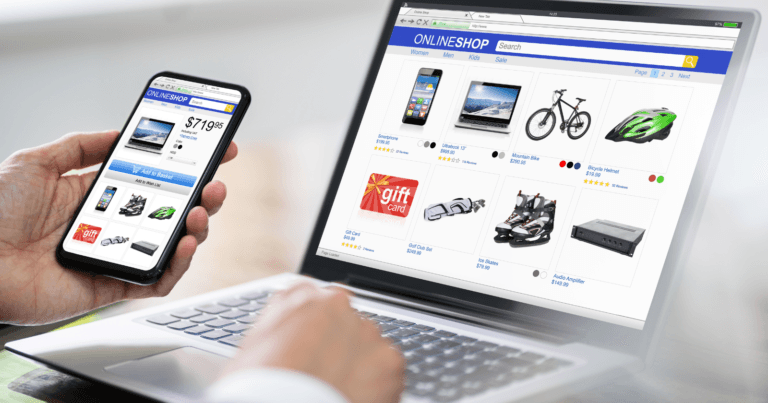









 (3.0 / 5)
(3.0 / 5) (4.0 / 5)
(4.0 / 5) (3.3 / 5)
(3.3 / 5)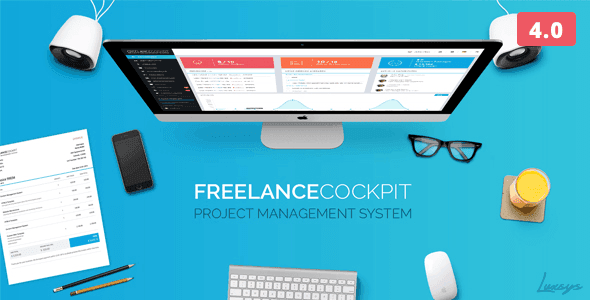

 (5.0 / 5)
(5.0 / 5) (4.5 / 5)
(4.5 / 5)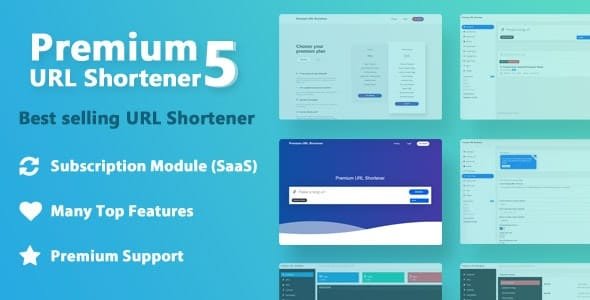
 (2.0 / 5)
(2.0 / 5) (3.5 / 5)
(3.5 / 5)


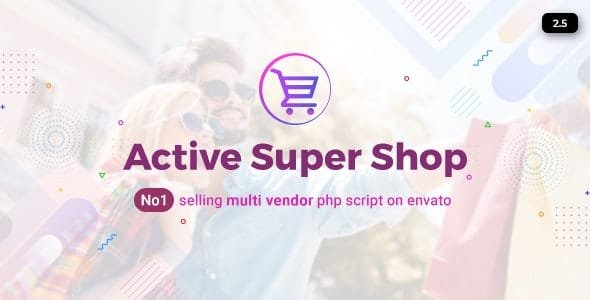
 (3.8 / 5)
(3.8 / 5)
 (4.3 / 5)
(4.3 / 5)